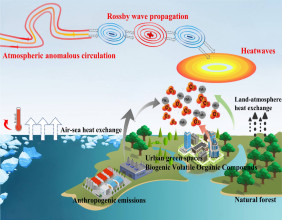Highlights
- Major collision involving an oil tanker and container ship in a busy North Sea passage
- Swift emergency response ensured complete crew safety
- Ongoing environmental monitoring and regulatory review underway
The shipping industry remains a cornerstone of global commerce by facilitating the transportation of goods and energy resources. This dynamic field faces operational challenges that arise from busy sea lanes and complex logistical demands. A recent maritime collision has brought renewed attention to navigation intricacies and safety measures essential for maintaining efficient and secure shipping operations.
Incident Overview
A collision occurred between an oil tanker, Stena Immaculater, and a container ship, Solong, off the coast near the Humber Estuary. The event has captured the focus of maritime authorities because of the nature of the vessels and the hazardous materials they carry. Immediate emergency procedures were activated, with rescue helicopters and lifeboat units swiftly deployed to the scene. All crew members were secured during the response, with only one injury reported, demonstrating the effectiveness of coordinated emergency operations.
Vessel Details and Cargo Information
The oil tanker Stena Immaculater, operating under a United States flag and engaged in a military logistics charter, was transporting aviation fuel used in military applications. Structural damage occurred when explosions compromised the integrity of its cargo compartment. In contrast, the container ship Solong, flying a Portuguese flag, was performing routine shipping functions when the collision transpired. The distinct operational mandates and cargo types of these vessels highlight the challenges associated with managing mixed maritime traffic in densely navigated waters.
Emergency Response and Environmental Oversight
Maritime authorities and environmental organizations have initiated continuous monitoring following the collision. The prompt arrival of emergency services helped mitigate further complications, while environmental teams continue to assess the situation. Their focus includes the nature and volume of discharged fuel, sea conditions, and potential impacts on surrounding marine ecosystems. The incident underscores the importance of robust emergency readiness and inter-agency cooperation in minimizing environmental consequences in maritime operations.
Operational and Regulatory Implications
The collision has prompted a comprehensive review of existing operational protocols and regulatory measures within the shipping industry. Maritime stakeholders are scrutinizing navigation practices, cargo handling procedures, and emergency preparedness plans. Enhanced regulatory oversight and improved operational standards have become focal points in response to the incident. The event serves as a reminder of the critical need for strict safety practices and coordinated regulatory frameworks to support the complex demands of global shipping operations.





